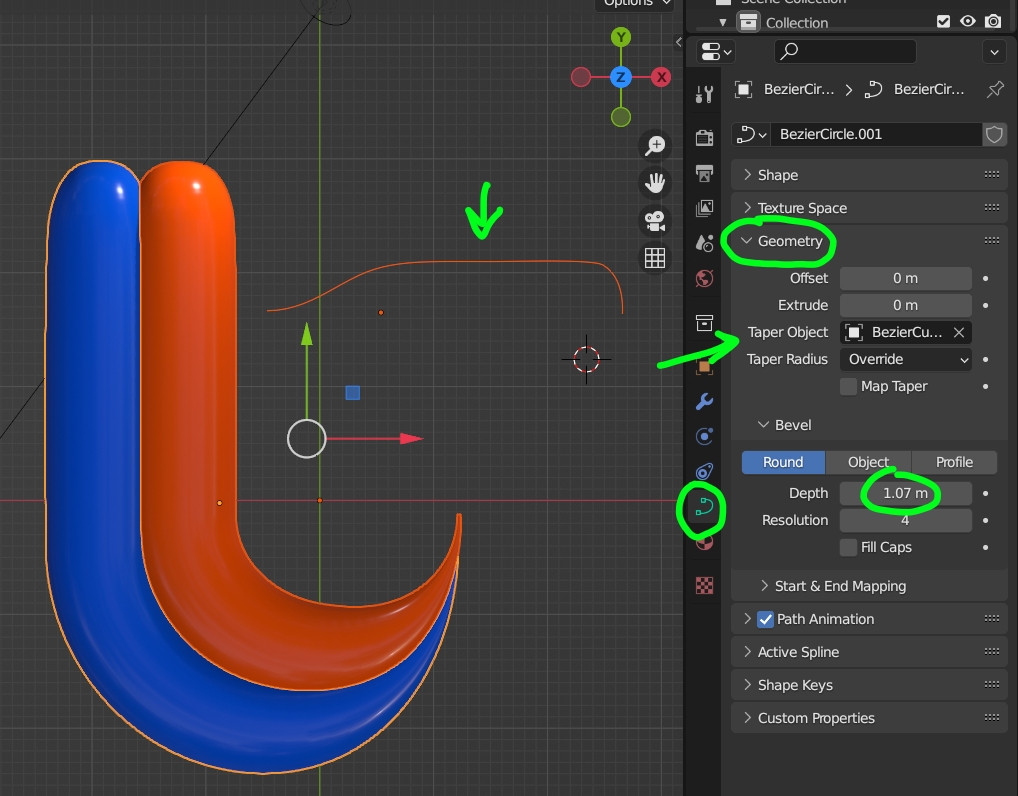I've been trying to create something like the attached, bespoke shapes with this almost Photoshop pillow emboss finish. I've tried knife projecting 2d shapes to create the basic shape then extruding, adding subsurf modifiers, loop cuts through the middle... but I'm not getting the simplicity of this, or the interlocking part.
It might be a style that has a name so would be easy to search myself if I knew it. But I've been at this a couple of days now so putting the question out.


